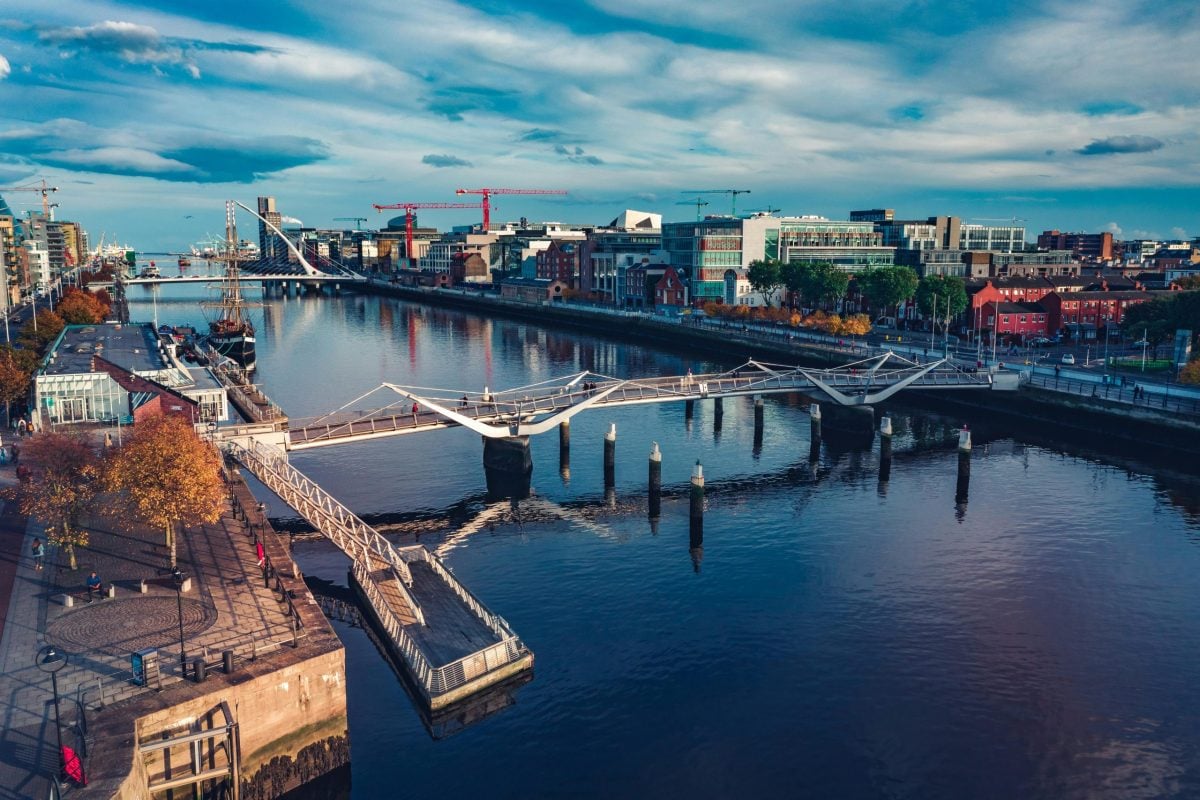Uncategorized
The Day the Pubs Ran Dry During the Great Famine
The Day the Pubs Ran Dry During the Great Famine
Estimated reading time: 5 minutes
The Famine’s Grip
Gather ‘round, my friends, let me take you back to the 1840s—a time when the air was thick with despair, and yet the spirit of the Irish people remained unbreakable. It was a time when the earth wept as its bounty was choked to death by a blight unlike any other. “An Gorta Mór,” they called it—the Great Hunger. But amidst potato blight and fear, there was one peculiar tale that bled into the taverns and shone as a beacon of resilience: the day the pubs ran dry.
Many forget, but in the throes of suffering, the Irish pub was not just a watering hole; it was the heart of the community. It was where stories were shared, laughter was had, and hope, however fleeting, could be found. But as the famine tightened its grip, something remarkable happened—a day so surreal that it became a bittersweet chapter in our history—a day when not a drop of ale could be found.
The 1840s were brutal for the Irish. The population plummeted; many starved while others sought refuge in distant lands. The potato, that once-fabled staple, became a symbol of sorrow. As people sailed for America, England, or Australia, they clung to remnants of their homeland—in memories, in songs, and yes, even in pints of stout shared over a dimly lit bar top.
As the famine wreaked havoc, the pubs, too, were affected. You see, when your people are suffering, you can’t just drown your sorrows – it feels wrong. But on one particularly bleak day, a peculiar incident unfolded: all the pubs ran dry. Pubs across counties—Dublin, Cork, Galway—were caught in a moment of profound irony; the very places designed to provide comfort were left barren.
The Scene of the Dry Day
Picture it: men and women, their gaunt frames draped in tattered clothes, trudging to their local, hopeful for just one more pint. But their hope was dashed upon finding empty barrels and barren taps. The laughter that usually punctuated the air was replaced with hushed murmurs and blank stares. No stout, no ale, no whiskey—nothing to take the edge off the grief, no laughter to cut through the despair.
Some say it was a divine retribution—God’s way of saying: “You’ve drunk enough to forget your troubles. Now, face them.” Others chalked it up to a trade failure—too few potatoes to feed the barley. Regardless of the cause, it marked a significant moment when the solace found within those pub walls was stripped away.
This desolation echoed starkly against the backdrop of Ireland’s tragic history. You think of our GAA legends like Henry Shefflin or Brian O’Driscoll—they played hard despite adversity. Yet, here we were, a people stripped of even the foundation of our togetherness—in a pub that felt more like a tomb than the home it had always represented.
The Aftermath and Renewal
But don’t mistake this bleak tale for the end of the spirit! For as the pubs stood empty, the hearts of the people remained buoyant with warmth and camaraderie. Those same people would rally together, refusing to be defined by mere hunger and loss. Community kitchens sprung up; songs rose from hearts rather than pints; solidarity and hope intertwined just as tightly as any pint clasp in a crowded pub.
As the years rolled on, though the twist of fate took its toll, Ireland stood resilient, clinging fast to culture and identity. The nation wept and mourned, yet it danced again—drumming joyously for the people lost. Those pubs, once dry, once full of sorrow, evolved into symbols of hope, resilience, and charity. From them sprouted stories of bravery, love, and togetherness—like the melodies of Christy Moore filling the room on a rainy evening.
It’s these memories that remind us—whether at home or abroad—that the soul of Ireland is carried in our hearts. We raise pints not just to forget our troubles but to remember our past, to honor those who came before us, and to celebrate those yet to come.
Key Takeaways
- The Pubs as Community Hearts: In the depths of famine, pubs were essential spaces, offering community and identity despite great loss.
- A Day of Irony: A day when all pubs ran dry marked a poignant moment in Irish history, reflecting the heart-wrenching grip of the Great Famine.
- Resilience through Adversity: The dry pubs catalyzed a rise in community solidarity—showing that not even hunger could extinguish the Irish spirit.
- Enduring Legacy: Today, Irish pubs remain places of culture and memory, preserving the legacy of the past with every pint poured and song sung.
- Cultural Symbols: The story of the dry pubs reflects not just hardship but the powerful resilience and vibrant spirit that define Irish identity.
FAQ
Where can I find a retro Ireland jersey?
Grab the 1990 Ireland soccer jersey for a proper throwback to Italia ’90 and keep a piece of history close to your heart!
Is there a jersey for the 1916 Rising?
Yes, there’s a powerful Tipperary 1920 commemoration jersey that honors the day GAA became history, connecting past to present with pride.
Let’s raise a glass to remember the days gone by, the struggles we survived, and the culture we safeguard. And if you seek to celebrate that spirit, delve into our collection of heritage through sport and style at HubIrish.com. Let’s keep the stories flowing!

